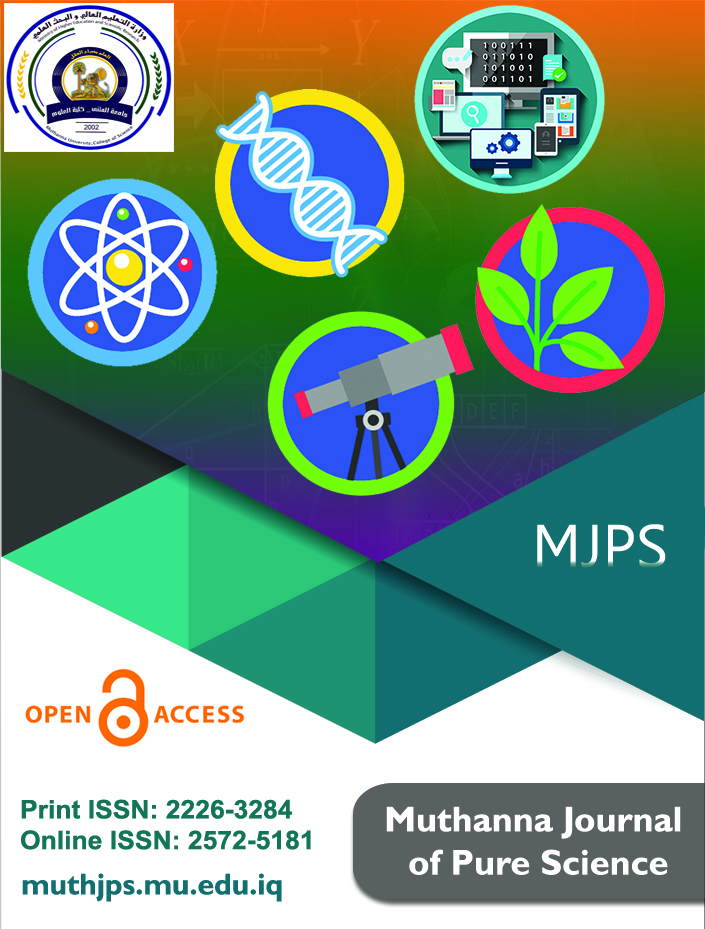AbstractKey wordsDOI
Staphylococcus aureus is a pathogen that resides in the skin and nasal membranes and can cause a broad spectrum of hospital-acquired infections. These diseases are becoming more common, and treating them has become much more complicated. The pathogen’s capacity to secret a variety of host-damaging virulence factors contributes to its pathogenicity. S. aureus destroys and supersedes immune cells throughout infection via toxins and virulence proteins, yielding non-neutralizing infective antibodies which already impede adaptive immunity. S. aureus has different biofilm-forming mechanisms on devices, necrotic bone tissue, bone marrow, and finally within the osteocyte lacuno-canicular networks of living bone (OLCN).This review focuses on gaining a better understanding of S. aureus toxin-based pathogenesis and its effects on infectious diseases.
Staphylococcus aureus, Virulence factors, enzymes, toxins, adhesion proteins.

